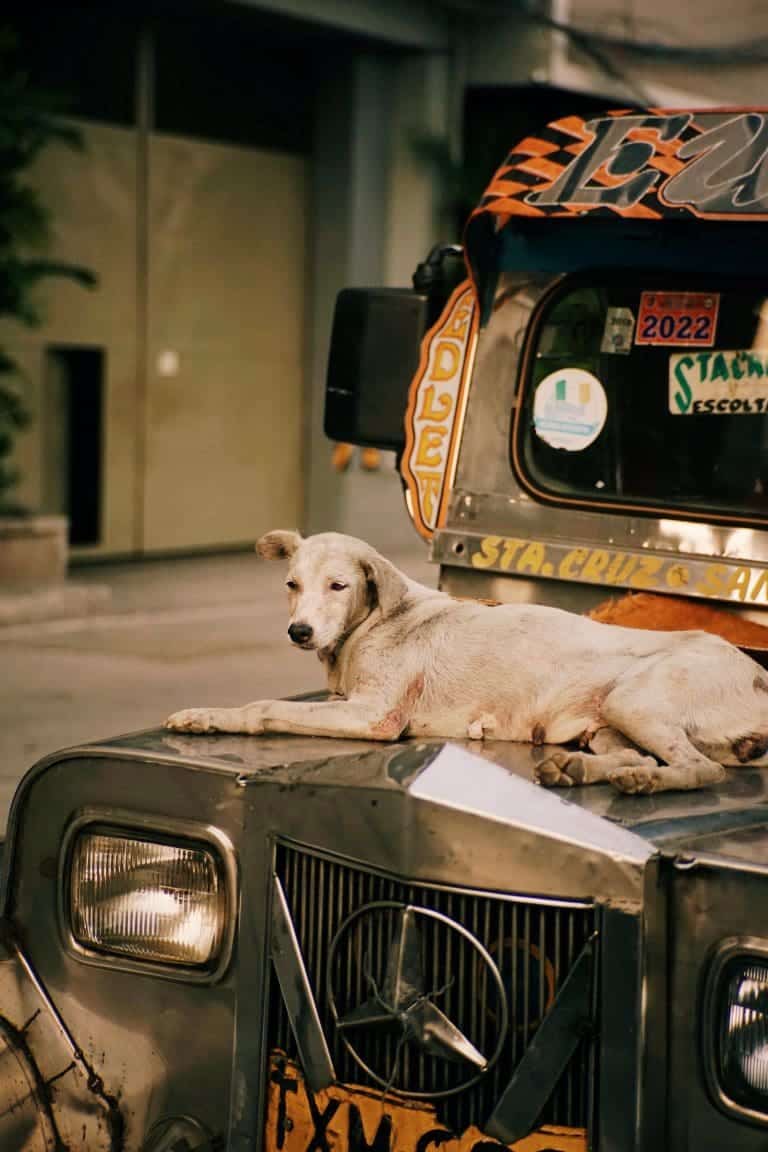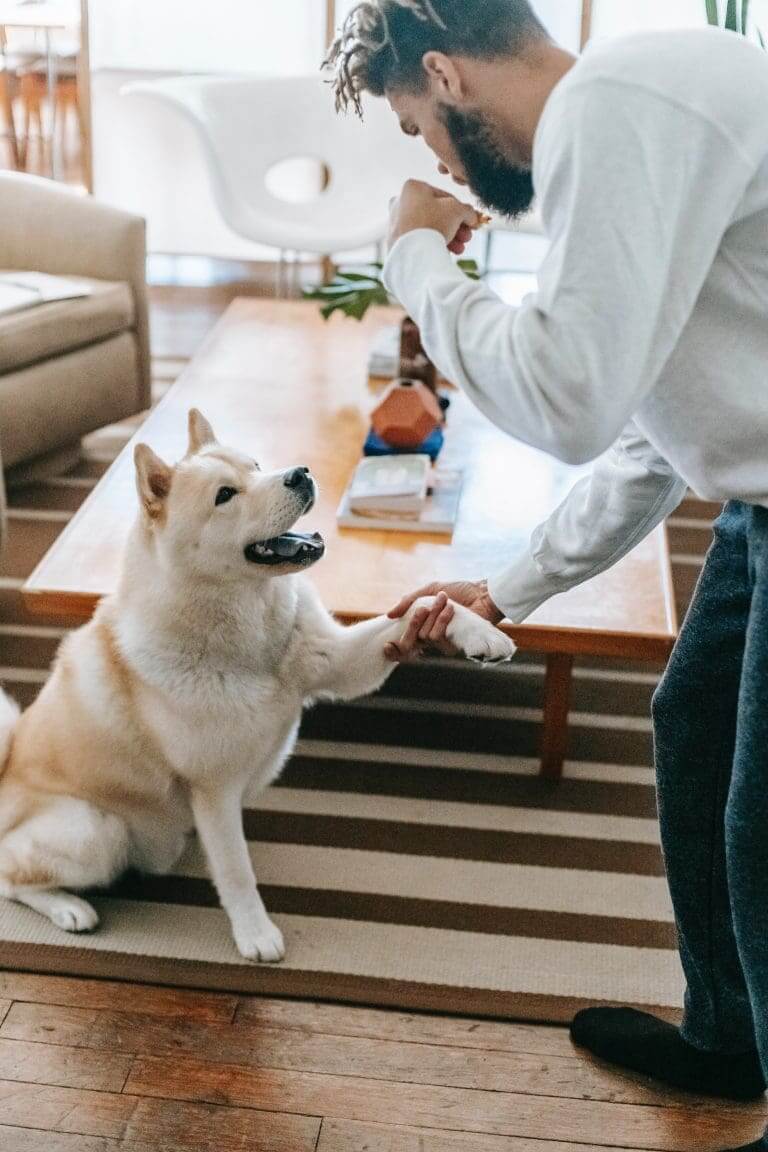What To Do If Dog Is Choking?
Post Date:
December 10, 2024
(Date Last Modified: December 10, 2024)
Seeing your dog in distress is alarming, especially when you suspect they are choking. Dogs are naturally curious and tend to explore their environment with their mouths, which can lead to dangerous situations. Taking action quickly can help your furry friend. Knowing the steps to take when your dog is choking can greatly improve the chances of a positive outcome.
Recognizing Choking Signs
Choking occurs when an object becomes lodged in your dog’s throat, blocking their airway. This can happen with various items, from toys and bones to food. Dogs may also choke on foreign objects like strings or plastic. Signs of distress include coughing, gagging, pawing at their mouth, or difficulty breathing. Recognizing these warning signs is crucial; the sooner you act, the better the chances of resolving the issue.
Staying Calm and Assessing the Situation
If your dog is choking, remain calm. Dogs can sense anxiety, which may increase their panic. Take deep breaths and assess the situation. Check if your dog can breathe or make any sounds. If they can cough, they may be able to clear the obstruction themselves. Encourage them to keep coughing if possible.
Taking Quick Action for Severe Distress
If your dog cannot make sounds and appears to be in severe distress, act quickly. One effective method is the Heimlich maneuver, adapted for dogs. For small dogs, hold them with one hand around their chest and use the other hand to apply quick, firm thrusts just below the ribcage. For larger dogs, position yourself behind them, placing your arms around their waist. Use a thrusting motion, pushing inward and slightly upward to help dislodge the obstruction.
While performing these actions, keep a close eye on your dog. If the object does not come out after a few attempts or if your dog loses consciousness, further action is necessary. Carefully check your dog’s mouth for the object. If it is visible and easily reachable, you may be able to remove it with your fingers. Be cautious, as sudden movements could push the object deeper into the throat.
Performing CPR if Necessary
If your dog is unconscious and not breathing, begin CPR immediately. For dogs, this involves chest compressions and rescue breaths. Place your dog on a flat surface and kneel beside them. For small dogs, use your hands to compress the chest; for larger dogs, use your body weight. Perform 30 compressions followed by two rescue breaths. Tilt the head back slightly to open the airway, seal your lips around your dog’s muzzle, and blow gently into their nose. Repeat this cycle until help arrives or your dog begins to breathe on their own.
Seeking Veterinary Care
Once the obstruction is cleared or if your dog becomes conscious, it’s essential to visit a veterinarian. Even if they seem fine, internal injuries or swelling may not be immediately visible. A professional examination ensures your dog is safe and healthy after such a traumatic experience.
Preventing Choking Hazards
Preventing choking is always better than dealing with an emergency. Supervise your dog during playtime, particularly with toys that can break or splinter. Choose toys appropriate for their size, as smaller objects can easily be swallowed. When feeding your dog, avoid small bones or hard treats that pose a choking hazard, and monitor them while they eat. If uncertain about a specific food or toy, consult your veterinarian for advice.
Teaching your dog basic commands can also help manage their behavior. Commands such as “leave it” or “drop it” can be invaluable if you notice your dog attempting to chew on something they shouldn’t. Training your dog to respond to these commands can help prevent dangerous situations.
Being Prepared for Emergencies
Having a plan in place provides peace of mind. Familiarize yourself with first aid techniques specifically for dogs and consider taking a pet first aid course. Knowledge is power, and being prepared can make a significant difference in an emergency.
Some dogs may be more prone to choking due to specific health issues or anatomical characteristics. Breeds with short snouts, like bulldogs or pugs, may have a higher risk of choking due to their unique throat structure. Older dogs or those with dental problems may struggle to chew their food properly. If your dog falls into these categories, be extra cautious and consult your veterinarian for tailored recommendations.
Managing Eating Habits
Dogs that experience anxiety or excitement may gulp their food or toys too quickly, increasing the risk of choking. If your dog tends to eat rapidly, consider using slow feeder bowls or puzzle toys that require them to work for their food. This can slow down their eating and help reduce the likelihood of choking.
In a choking emergency, remember to stay calm and act swiftly. Your instincts and knowledge can guide you in a high-stress situation. The bond you share with your dog is precious, and knowing how to react in emergencies can strengthen that connection.
Owning a pet comes with responsibilities, including being prepared for unexpected challenges. Understanding how to respond if your dog is choking empowers you to be a proactive and caring pet owner. This knowledge safeguards your dog’s health and ensures that you can enjoy many more happy moments together.
Educating yourself about your dog’s behavior and health needs significantly reduces the risk of choking incidents. Regular vet check-ups, maintaining a safe environment, and being aware of your dog’s habits are all important steps in keeping your furry friend safe.
In the unfortunate event that your dog does choke, being prepared can mean the difference between life and death. The love and companionship pets provide are immense, and ensuring their safety is a vital part of responsible pet ownership. By learning how to help a choking dog, you take an important step in being the caring owner your dog deserves.






